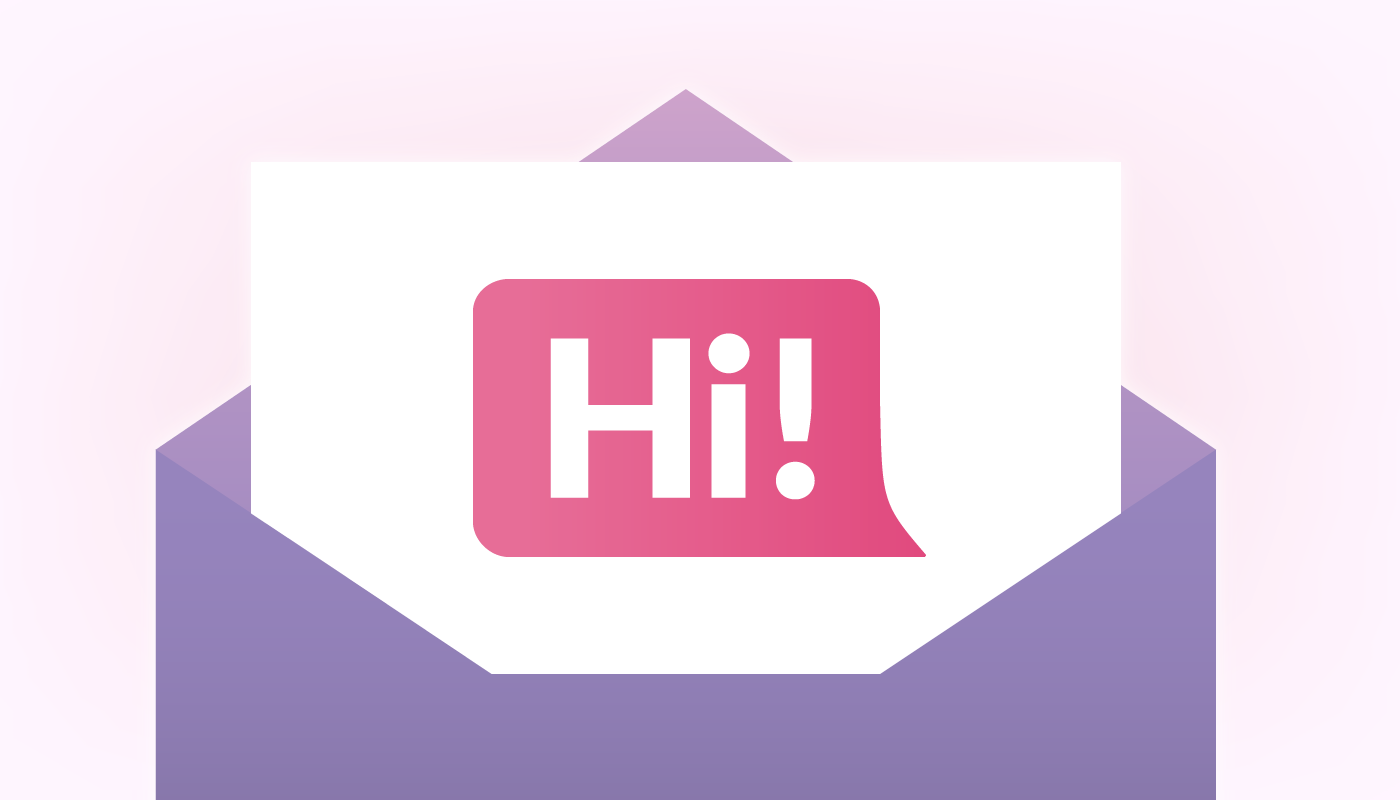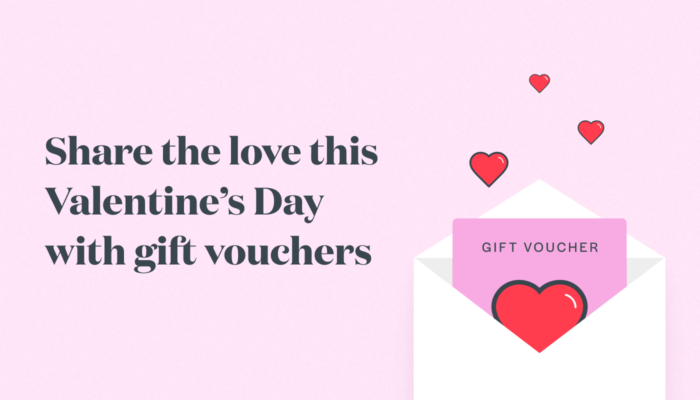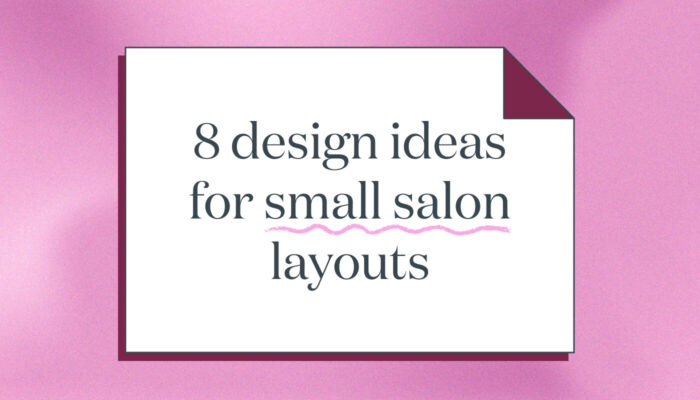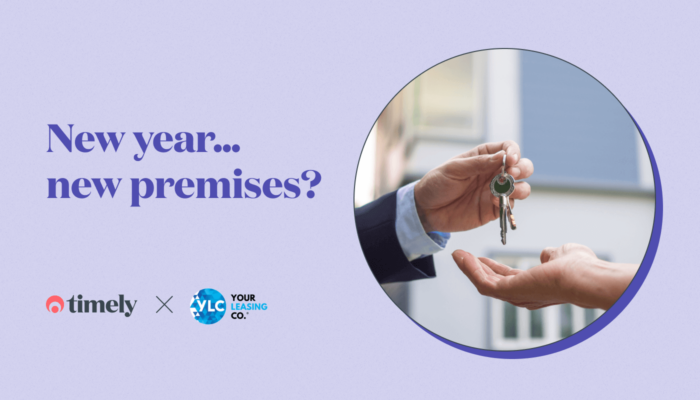4 tips on making a newsletter people actually want to read
With all the buzz around the social media marketing options, it's easy to overlook your inbox and the importance of a good email. A regular newsletter can still work just as well for you as it did 10 years ago. Let's take a quick look at how to ensure your newsletters are rocking.

In my previous post, I suggested email could be like a coffee with a friend. It’s a brief moment to catch up, bringing them up to speed with what’s new. If you think of email as that conversation, then you’ll see how a regular email newsletter is a powerful way to stay in touch.
Keeping in touch with folks you want to see again isn’t about spamming them with discount offers and wishing, hoping, that maybe one of them will take you up on it. It’s about that all-important aspect of any profession: trust. With a little bit of planning, your emails can be an empowering tool, and you’ll have a bunch of fun along the way.
The #1 newsletter rule
Before we dive into the details, it’s important to remember that a good balance between educational, promotional and personal messaging is what will keep your audience happy. The same thing won’t appeal to everyone but there is one guiding rule to remember:
Don’t have anything valuable to say? Then don’t hit send.
Respect your readers’ time and they’ll happily give you more.
1. Define your purpose
Firstly, why are you making a newsletter? The answer will be your guide on how to construct it, from finding the right content mix to promoting it.
Defining a clear purpose is the first step to a successful newsletter. The most common reasons to send a newsletter include:
- Attracting visitors to return to your website, blog or visit your social media
- Building trust with folks by sharing and connecting
- Ensuring interested clients hear from you regularly
- Sharing useful information and updates about your business, staff and services
- Promoting new products and services
- Making it easier for clients to book an appointment with you
Every newsletter you send will aim for at least one of these purposes. Mix it up! You don’t have to cover all of them every time you hit send. Having a clear purpose for your newsletter will help you get your content mix right.
It also means you can look for specific outcomes to see if it’s working. Do you see an uptick in coupon use after you send a newsletter with a discount code? Are you getting an increase in bookings after you send an email featuring your online booking link front and center?
2. Find your message
The right message for your newsletter should be rather simple: it’s the things you’re already doing. Presenting yourself and your business in a concise and interesting way to your audience is key. If you’re not sure what to include, here are three great places to start.
Show your expertise
Your clients love you because you’re an expert in your profession. So when they sign up to your newsletter, they expect to learn something from you that they don’t get anywhere else. Share a short tip on how they can do something at home that they might not know how to. Is there a stretch you do every morning to start the day? Or a certain trick to applying liquid eyeliner like a pro? Your clients would love to know those things!
What else can you share that relates to your business and your profession?
- Your company culture
- Staff birthdays and personal achievements
- Business awards and competitions
- Industry news and articles
You’re probably already posting a bunch of this to social media, but not everyone will see it there. So go ahead and share it in your newsletter! Your readers love feeling like they’re in the know.
Empower your client voice
Your readers are expecting to hear about your business, so take this chance to talk about the services and products you offer. Maybe you have a new product or have just reached a significant milestone or anniversary.
What’s it like to try one of your new services? You can describe it, but then back it up with a review or quote from a customer. Nothing says how awesome you are quite as loudly as a happy paying customer. So next time you’re seeing a happy customer off, get that nugget of why their experience was special and ask them if you can share it. A valuable quote reinforces your value and reveals something new.
Join the buzz
Try connecting with your audience by chiming in on the current event. It can be general news or a social topic, but if you can add to something with the view from your expertise, it will be really valuable for them. Keep your points brief and friendly. You want to ensure what you add to the discussion is educational and relevant.
An easy place to start is with calendar events such as holidays. This is a nice chance to include useful information such as your opening hours and availability!
Remember that people will happily read your newsletter in exchange for learning about something that they’re interested in. Their time is valuable, so be sure not to waste it by keeping your message brief, fun, and professional.
3. Get into a rhythm
You’ll want to send your newsletter on a regular basis and regularly produce the content you need. The last thing you want is to sit up all night frantically writing and building your email.
Consistency will make your newsletter feel like an expected treat to your customers’ inbox instead of a random message from the abyss. Plus, setting yourself a schedule keeps it from feeling like a chore.
Establishing your frequency
Choosing a time frame to send your newsletter is about getting the balance of communication right. You don’t want to frustrate people with too many messages. So, start by taking stock of your current activities.
It’s common for a newsletter to be monthly. However, if you’re not sending any messages at all, try setting your frequency to once a fortnight. You can always make adjustments as you get feedback from your audience.
A good plan is to think about your next 3 newsletters, grab a calendar and schedule them. Look for holidays and significant events that coincide with your schedule. What kind of special messages can you create around them?
Making the content you need
I bet you’re worried you won’t have the right content for the newsletter when it comes time to hit send. Well, chances are you’re already making the stuff you need.
You’re already taking photos for your social media and writing down any nice things customers say before they leave. Shared a tip with a client? Answered some questions during a class? Make a note of it as you go along. You’ll only need a few of these to build an interesting and valuable newsletter.
By recording them on a regular basis you’ll avoid spending a late night wrangling the words you need in time to hit send in the morning.
4. Measure and make the most of it
One of the most attractive aspects of email newsletters over printed ones is the data it gives you about your readers. You’ll know how many folks opened the newsletter (open rate) and how many clicked on your links (click rate).
To really make the most of your newsletter you’ll want to keep an eye on these two vital metrics. Remember, folks can’t read your email if they don’t open it.
Email newsletter services such as MailChimp make it easy for you to see open rate and the click rate of an email. But what do those mean? And how can you make improvements to them?
Open rate
This is a measure of how compelling your subject line is. A well-written subject line will give a hint as to what’s in the email (what they will learn) but also alludes to the value they’ll get (promo offer/discount).
A balance is a good approach, as the same thing doesn’t appeal to every person. Here are a few simple tips to keep in mind:
- Get your spelling and grammar right. Misspelled words and poor grammar are not a good look. May I recommend Grammarly?
- Avoid using too much punctuation – nobody likes three exclamation marks at the end of a sentence!!! (see?)
- Stay away from spam phrases, words such as “reduced,” “one-off sale,” “are you the winner,” “guaranteed,” etc.
- Get personal. A subject line with the first name of the subscriber always makes for a better connection.
Think about what it’s like for your reader – they don’t know what’s in your email. They’re probably pretty busy. Why should they take time out of their day to read your message? If they open your email and it doesn’t match what you promised in your subject line, you’ll lose the trust they offered you by clicking. Be careful to always deliver on your promise, or you will lose your audience.
Click rate
This one can be harder to influence. Unlike your subject line, there can be more than one link or button to click on in your email.
Make it clear what they lead to. If they point to an article, introduce the subject of the article to the reader. If it’s of interest to them, they’ll follow it.
Here are a few other things you can do with links:
- Want to get more people back to your website? Give them a link to follow and track the number of times it gets clicked.
- Want to get more online bookings? Provide them with a link to your online booking software.
- Want to get more social engagement? Ask a question with a link to your social post about it.
Your first link will generally get the most clicks. So remember that purpose we spoke about? It’s a good idea to make sure that’s the first thing people see in your newsletter, front and center.
Not sure if your opens and clicks are any good? Check this post by MailChimp for the industry benchmark of your profession.
Setting a simple goal for your newsletter makes it easy to keep a regular schedule. Light, brief, professional content will keep your audience tuned in.
Remember, you don’t want to have your clients spending a large part of their day reading your email. The newsletter will send them your website, booking system or social media. This is just a way for you stay in contact with your clients, build trust with them and let them get to know you a little bit more. Long and fancy doesn’t build trust; honest, simple and valuable does.


